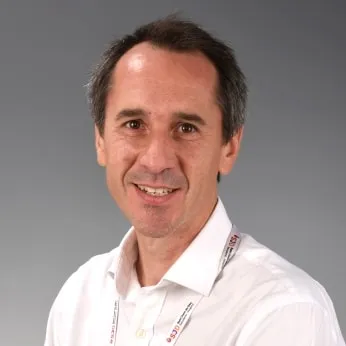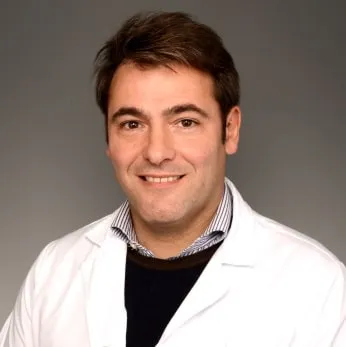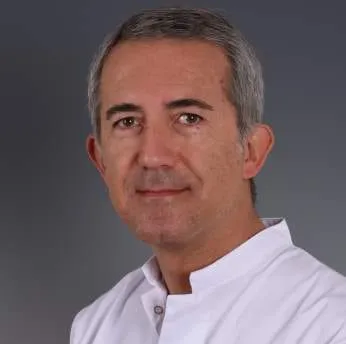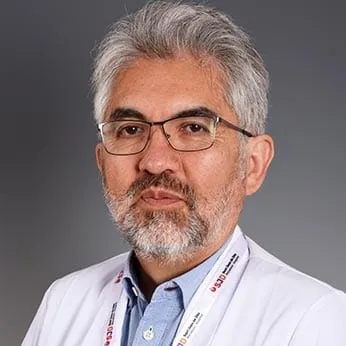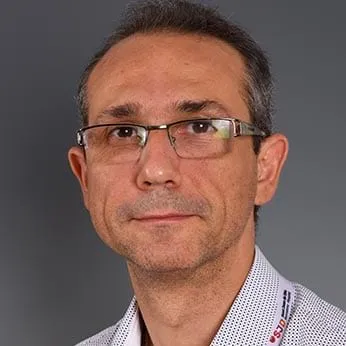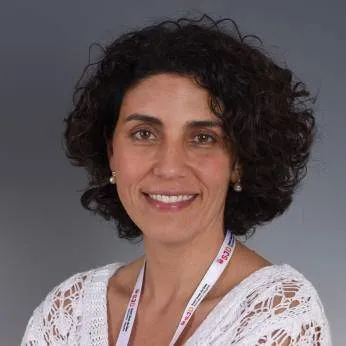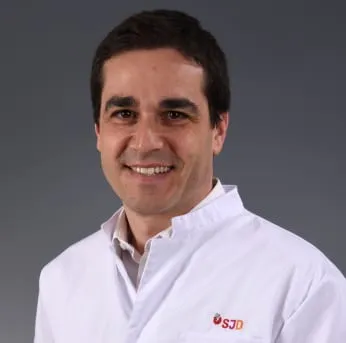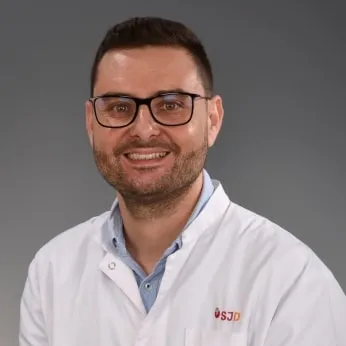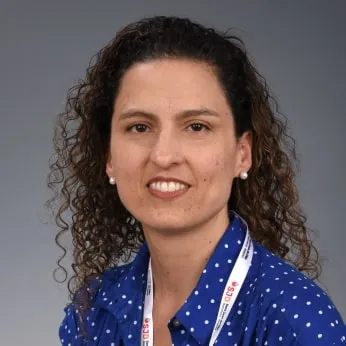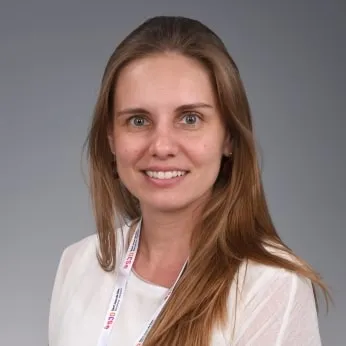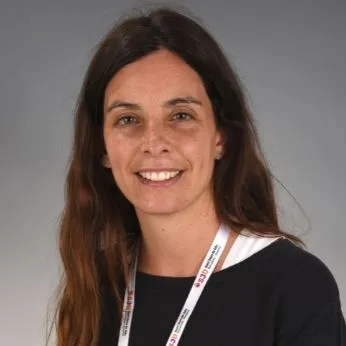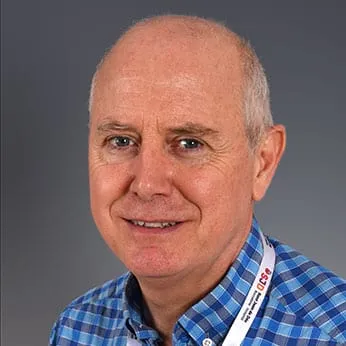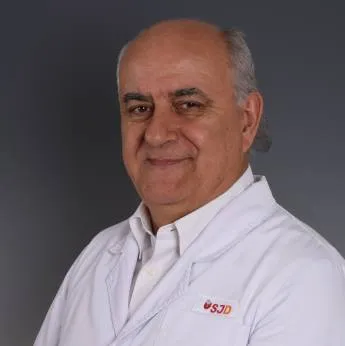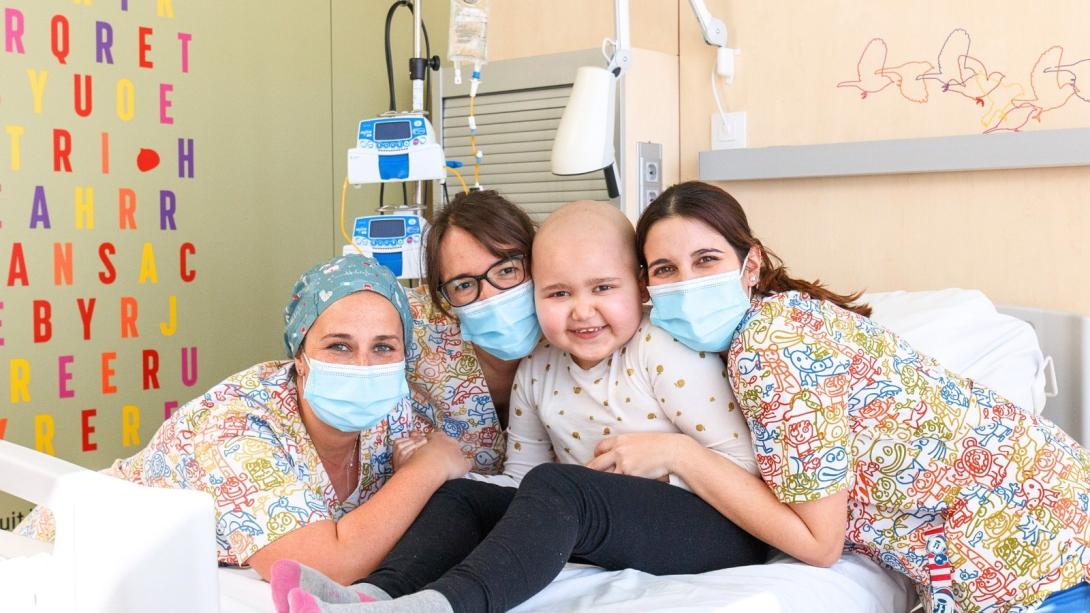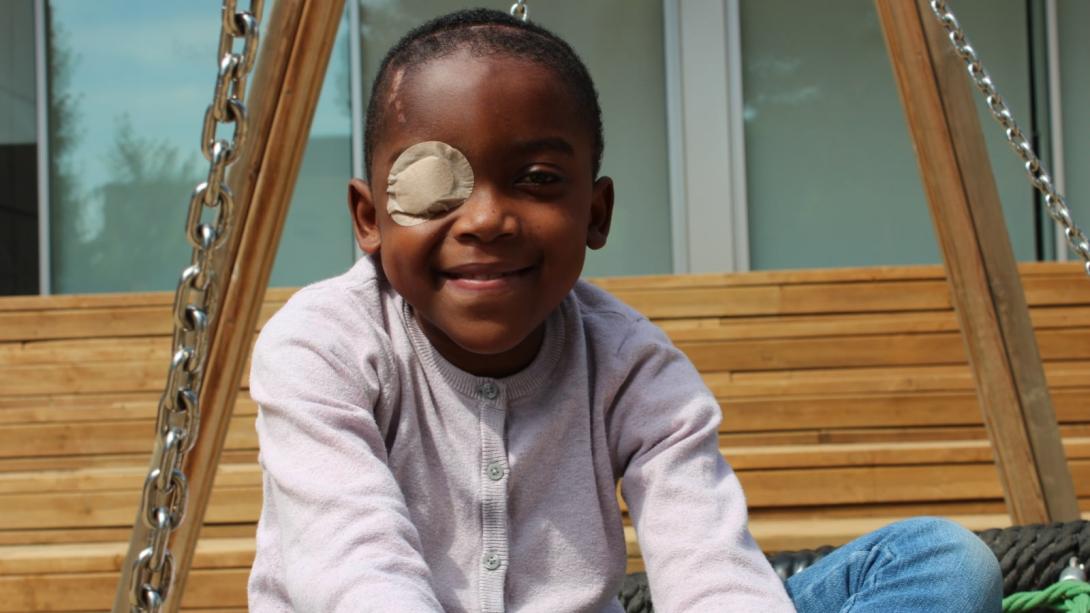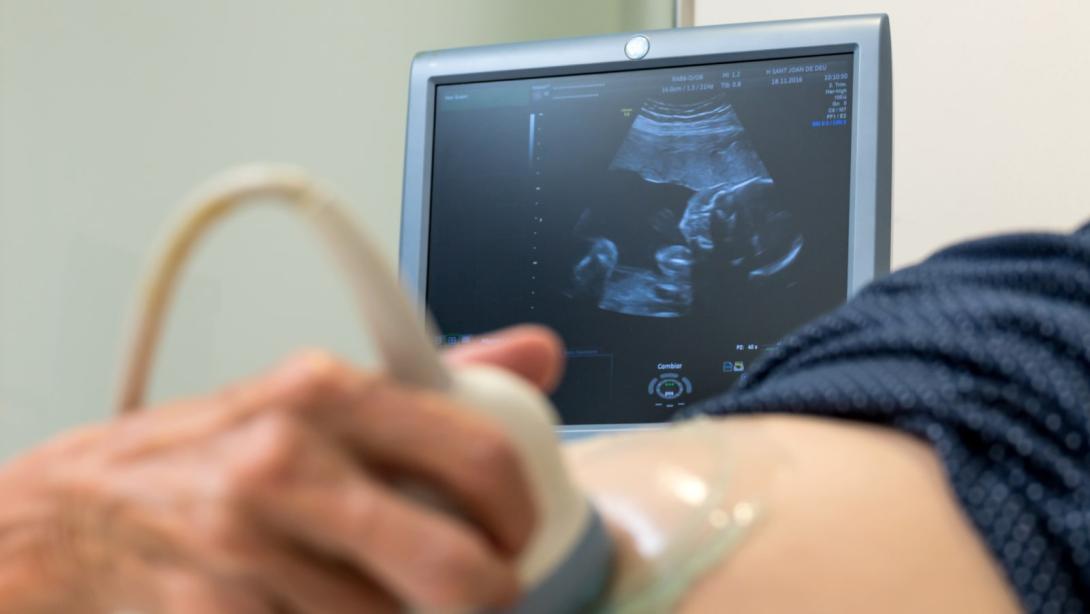A partnership between the SJD Barcelona Children's Hospital and Hospital Clinic Barcelona dedicated to comprehensive care for congenital heart diseases.
This body centralises, coordinates and carries out preventative, diagnostic and therapeutic activities across several life stages (prenatal, pediatric and adult) for patients with congenital heart diseases.
The reality of congenital heart diseases in Catalonia
Malformations of the heart and great vessels are among the most common birth malformations. Each year, 600 babies are born in Catalonia with a congenital cardiopathy, and 25-30% of which have a severe form of the disease. A third of newborns need surgical intervention during their first year of life.
With regard to adult patients, around 10,000 have a congenital heart problem, with a survival rate of 85-90%.
Congenital Cardiopathy Centre Barcelona Objectives
Specialisms and services
Diseases we treat
Congenital cardiopathies are a very diverse group of disorders that impact the normal development of the heart and the great thoracic vessels. Each of these malformations can also manifest at varying severities, with patients often presenting with several associated disorders at the same time.
Some of the most frequent include:
Treatments we offer
Team
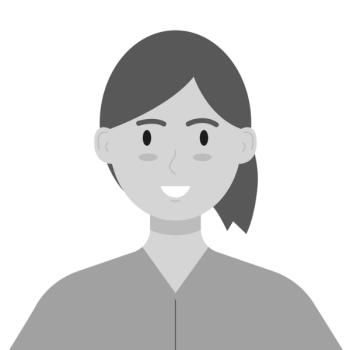
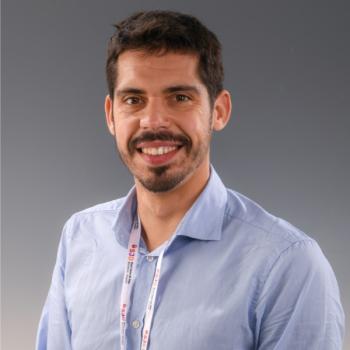
Team at Hospital Clinic Barcelona
Research
Research activity at the Congenital Cardiopathy Centre Barcelona is done by the Enfermedades cardiovasculares en el desarrollo [Childhood cardiovascular diseases] group at the SJD Research Institute.
Three lines of research are being followed at present:
- The impact of congenital cardiopathies on neurodevelopment from in-utero to adulthood: This work seeks to identify brain damage mechanisms in cardiopathy patients who undergo heart surgery, to help diagnose poor prognosis predictors.
- Investigation into pediatric arrhythmia and sudden death: Categorising sudden death risk by studying sudden death molecular markers and developing new, non-invasive diagnostic strategies.
- Cardiac function and advanced monitoring, computational analysis and imaging techniques: Developing computer models and new imaging techniques to study cardiac function and the development of new monitoring systems.
Education
The centre is involved in educating new healthcare professionals, including students on placement from the School of Medicine and School of Nursing at the University of Barcelona, as well as specialised MIR residencies in pediatrics, cardiology, cardiovascular surgery, anesthesiology and other specialisms.
Plus, the centre also organises the Master’s in Pediatric Cardiology and the Master’s in Pediatric Heart Surgery.
The centre organises and takes part in various Master’s programmes, training days, and many other kinds of educational initiatives.
Patient stories
Resources for families with children with congenital cardiopathies
This guide sets out key information on government grants awarded for improving the quality of life of families and facilitating care provision for children at the time that a cardiac disease impacts their lives.






